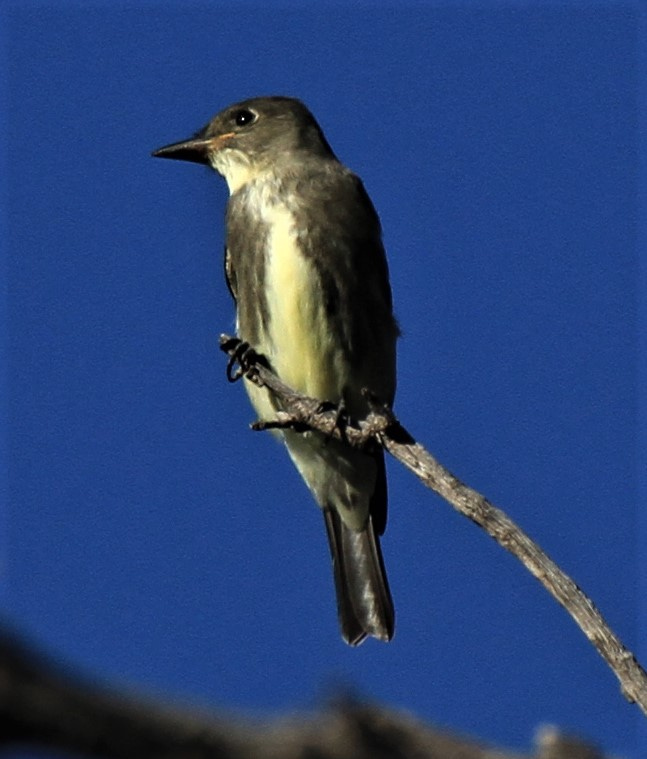
September 16, 2022
While we dream beneath the planet’s blanket of shadow, millions of birds bend wings across the sprawling sky. I see them in my sleep. Dark shapes blooming like ink dropped in water becoming roiling oceans across the face of the moon. Seas not of tranquility but of chaos.
But what may appear like mayhem has a purpose: migration.
Last night, according to the new nocturnal bird migration dashboard, BirdCast (see https://birdcast.info/ ), 297,500 birds passed over Cochise County—thousands of grosbeaks, warblers, vireos, tanagers, and kingbirds among others—flying 8 miles per hour to the southeast at an altitude of 2400 feet.
It turns out that doppler radar, which gives me my weather broadcasts, can tell me more than how much rain will fall to fill my water tanks.
With recent technological advances, like microwaves emitted at two angles instead of one, radars have become better at discriminating targets. For meteorologists, this means telling the difference between slushy sleet and rain droplets. For ornithologists, it means separating birds from precipitation and other flying creatures like bats and insects.
By integrating eBird observations with radar data, BirdCast creates slick real-time maps depicting the numbers and flight directions of birds on the move.
For me, this means each morning I look for new birds fallen out of the night. Nashville and yellow warbler refueling on caterpillars. Warbling vireos plucking ripe chokecherries. Olive-sided flycatchers stationed at the tops of trees to scan the yard for moths and butterflies.
Always anticipating the next southbound northern parula or Grace’s warbler stopping by the yard for a drink and bath at the fountain.
Amphibian update:
In the evening, wood frogs chirp from their terrarium, the freeze-impervious amphibians growing green and fat on mealworms and crickets. To think that at the beginning of last year they were tadpoles the size of commas shipped to Arizona from Georgia for a science project I have yet to complete.
And this summer’s tadpole rescue is for the toads. Mexican spadefoots, actually, as it turns out. Somewhere, I read that the tiny, goggle-eyed nuggets of amphibian momentum relish baby spiders, a delicacy for which I’m happy to lend a hand.
Thanks for reading and subscribing to the Big Yard! More on the way…



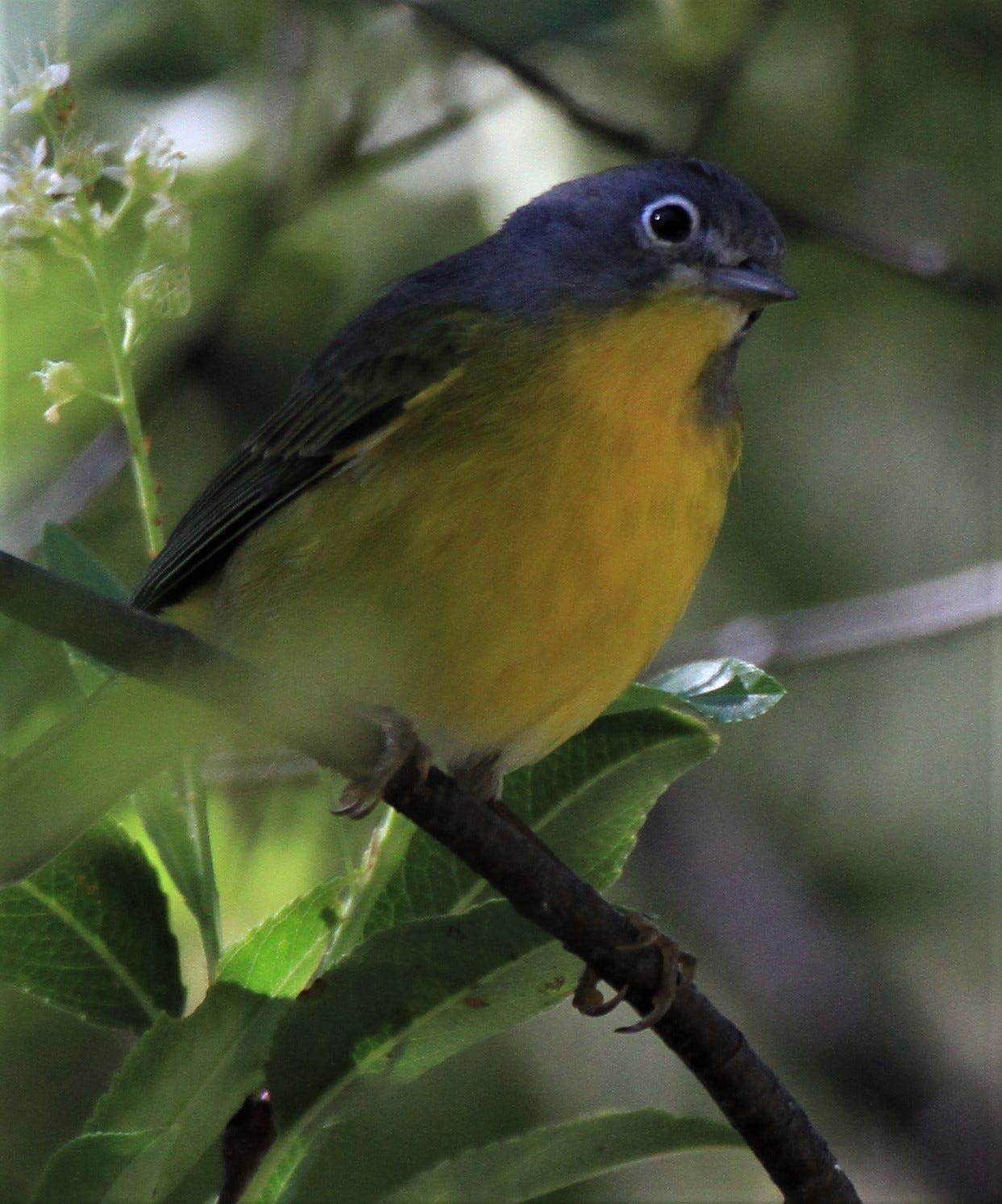
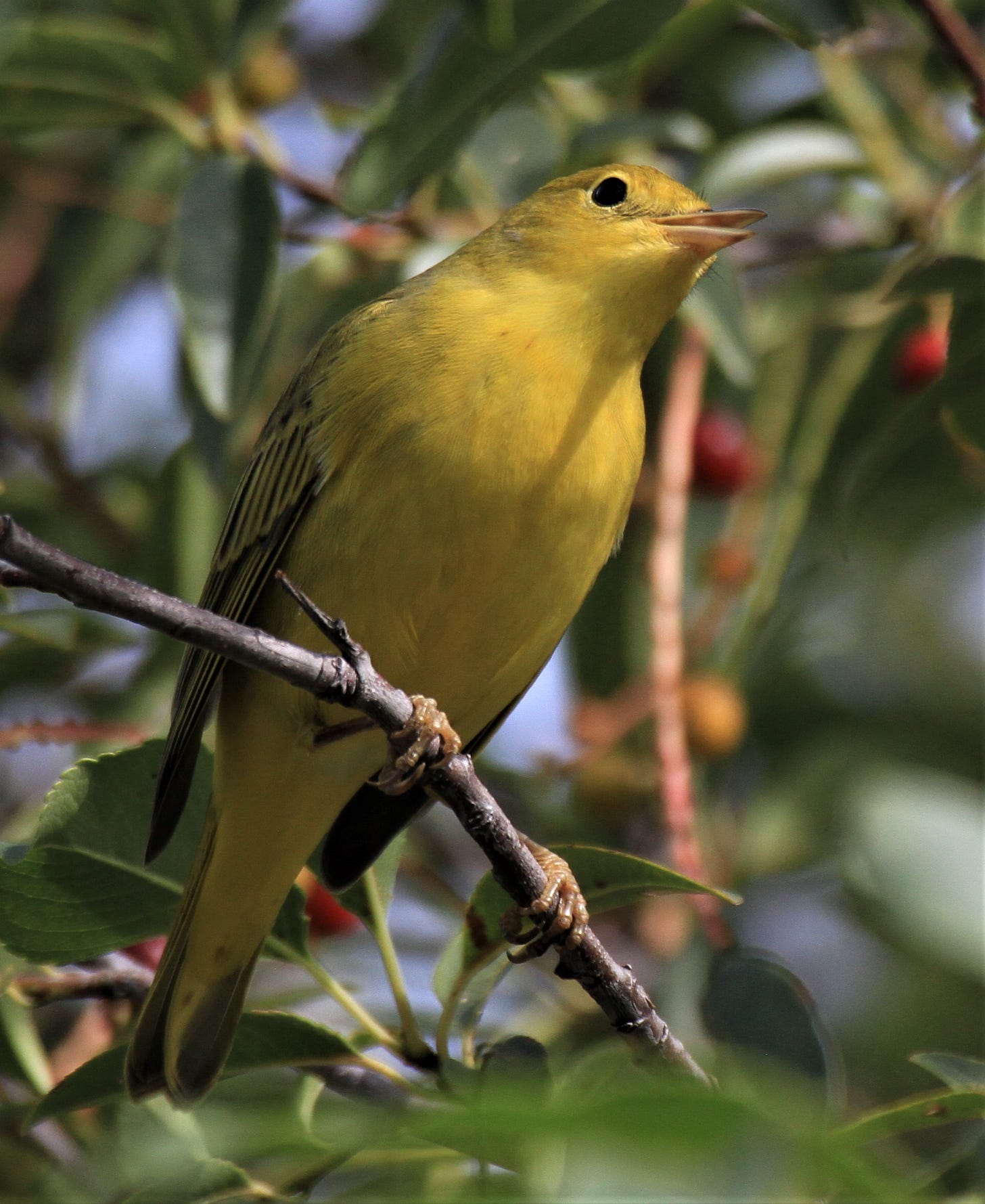
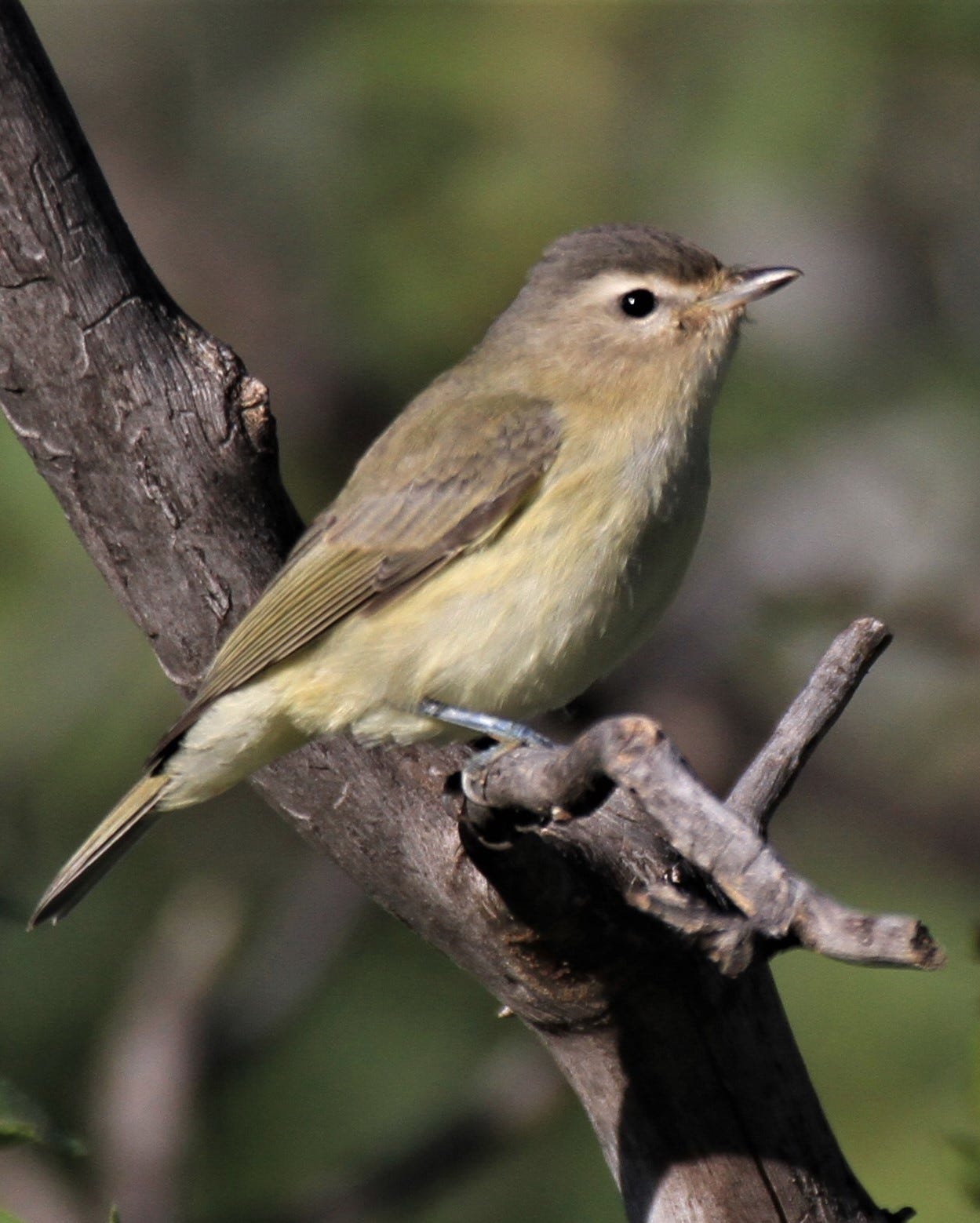
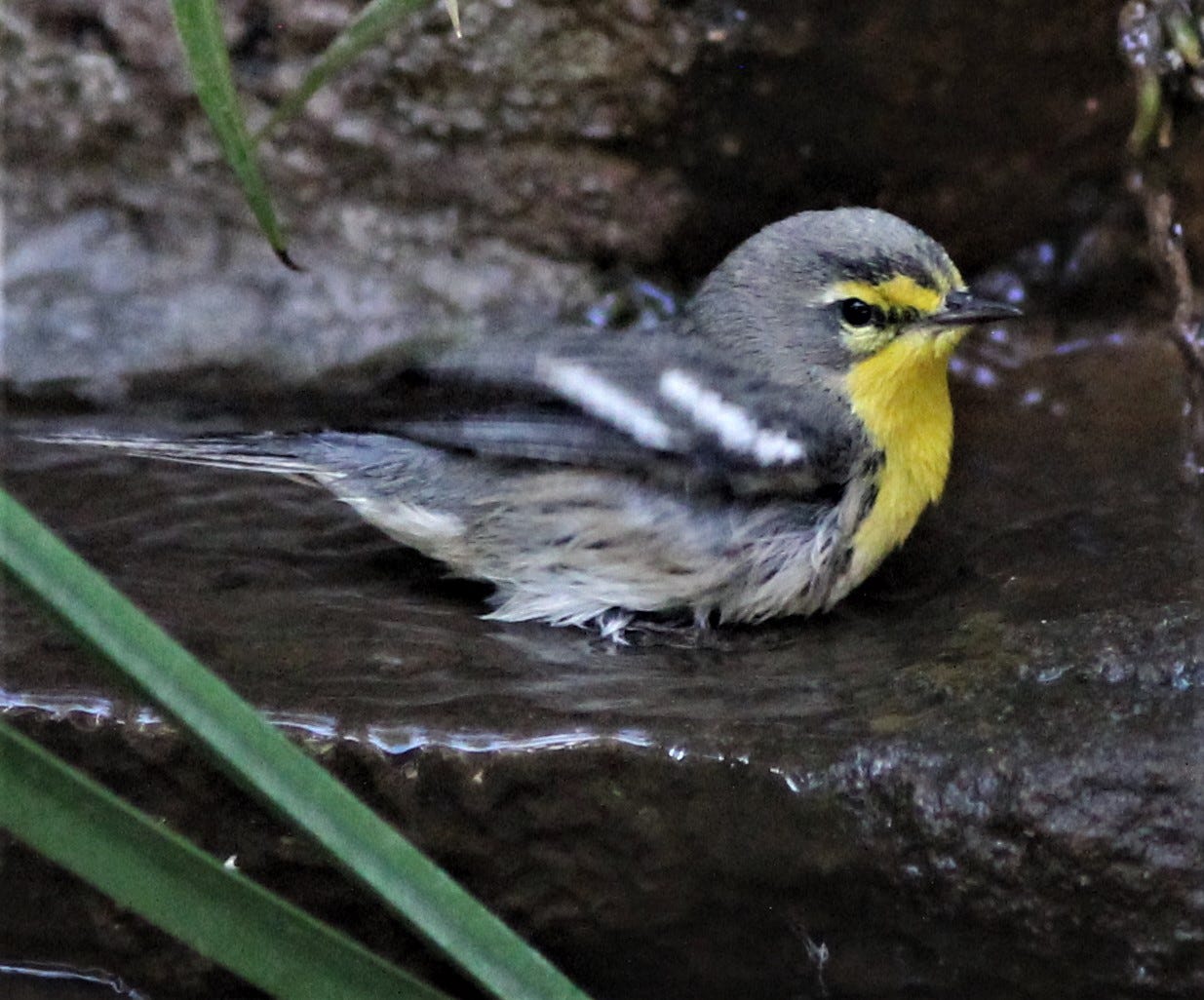
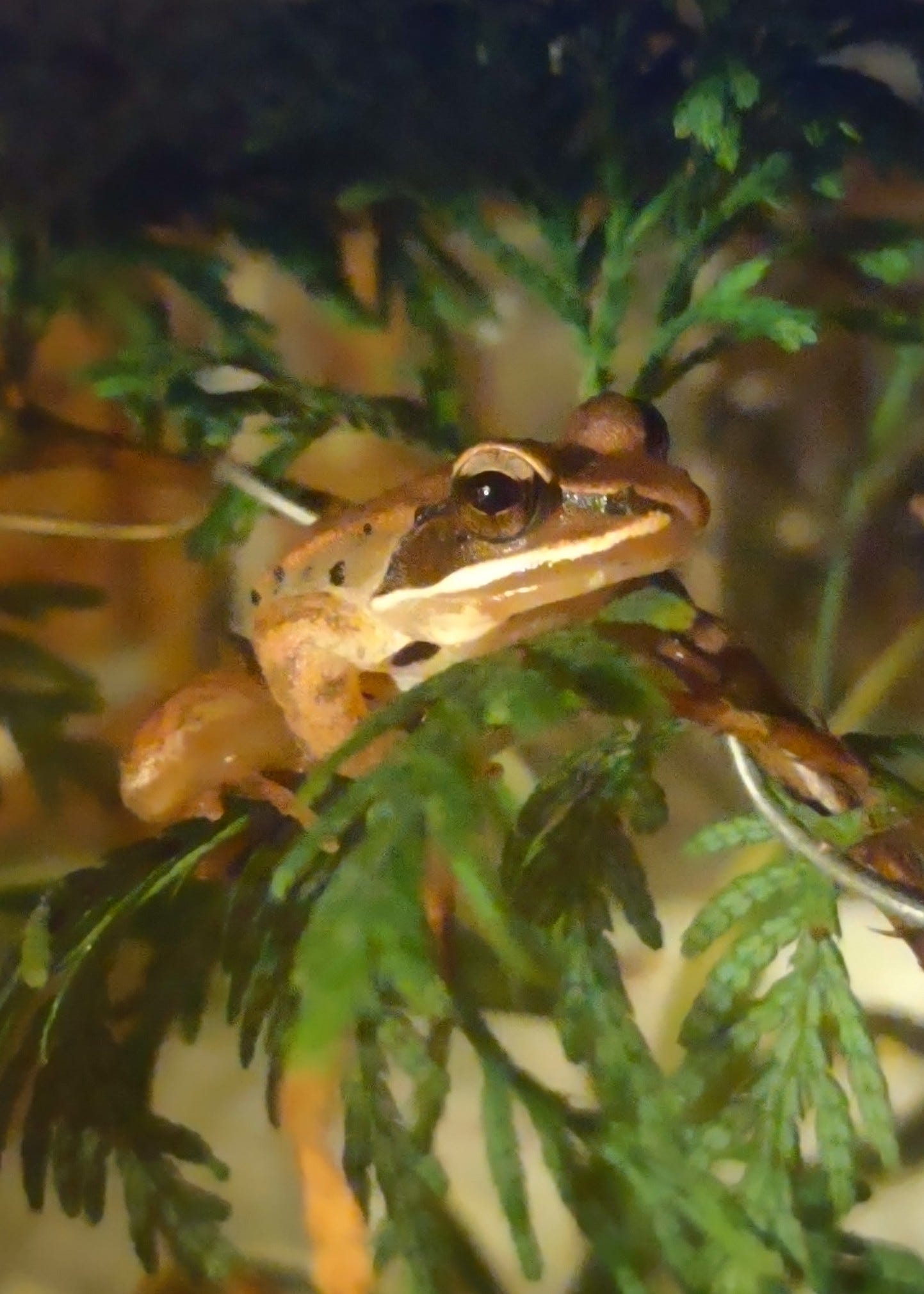
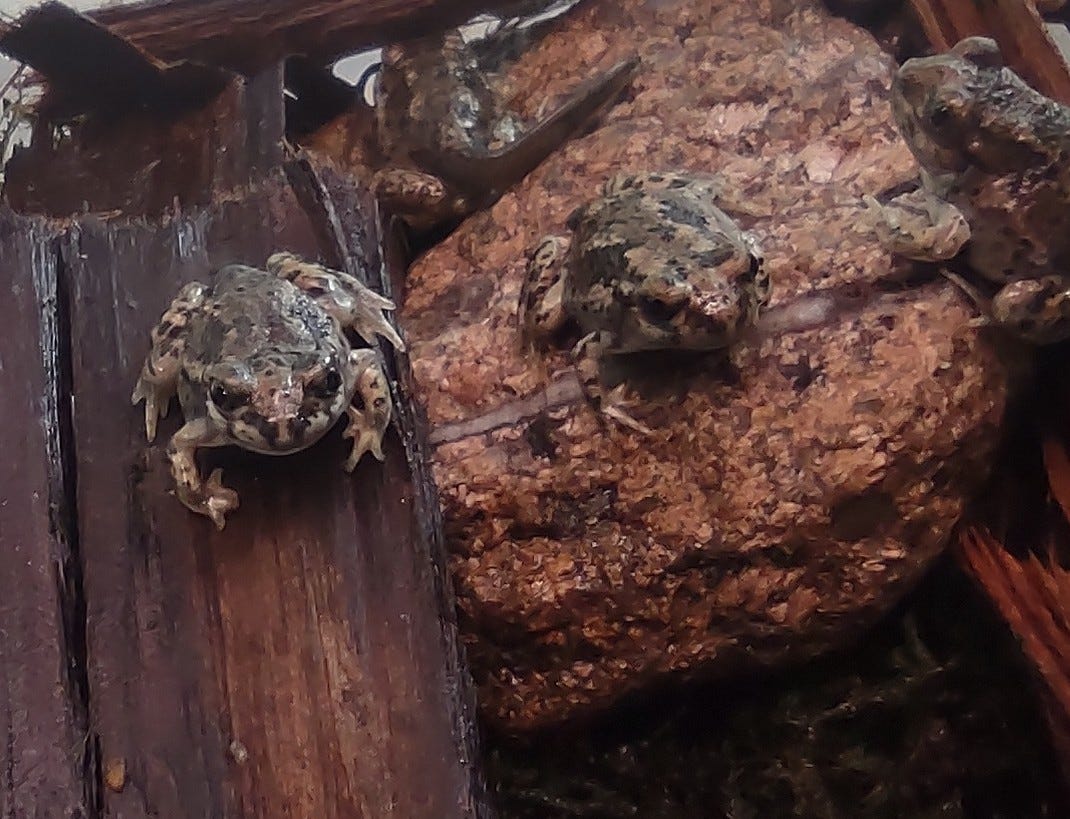

I love this. It's killing me to see the migration forecast and not be able to go out right now. Gosh I hope this pain decreases soon, there's so much to see.
Great piece